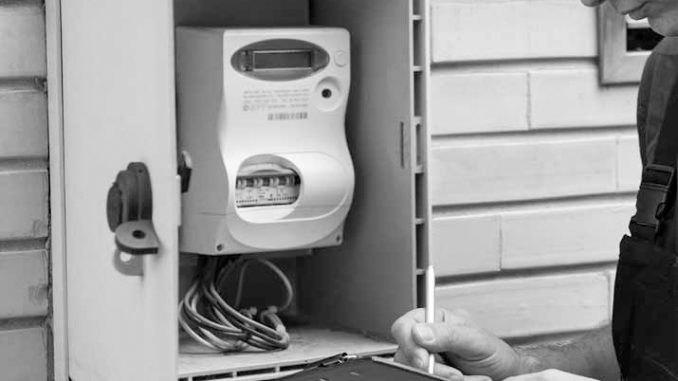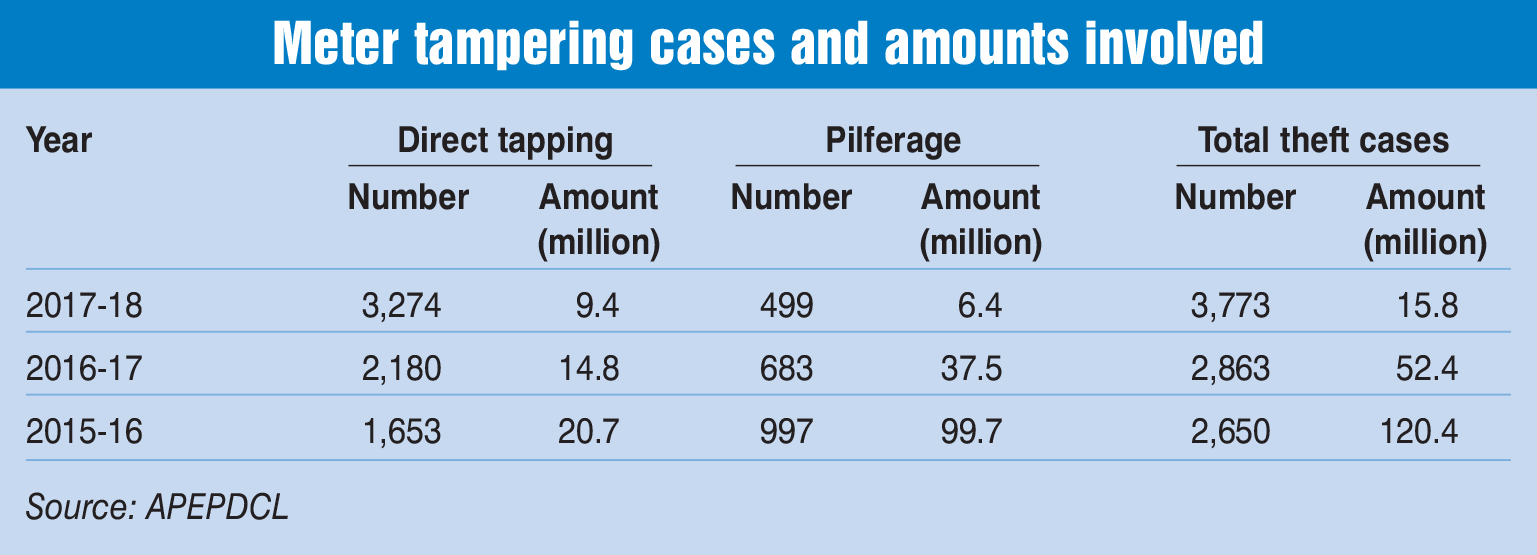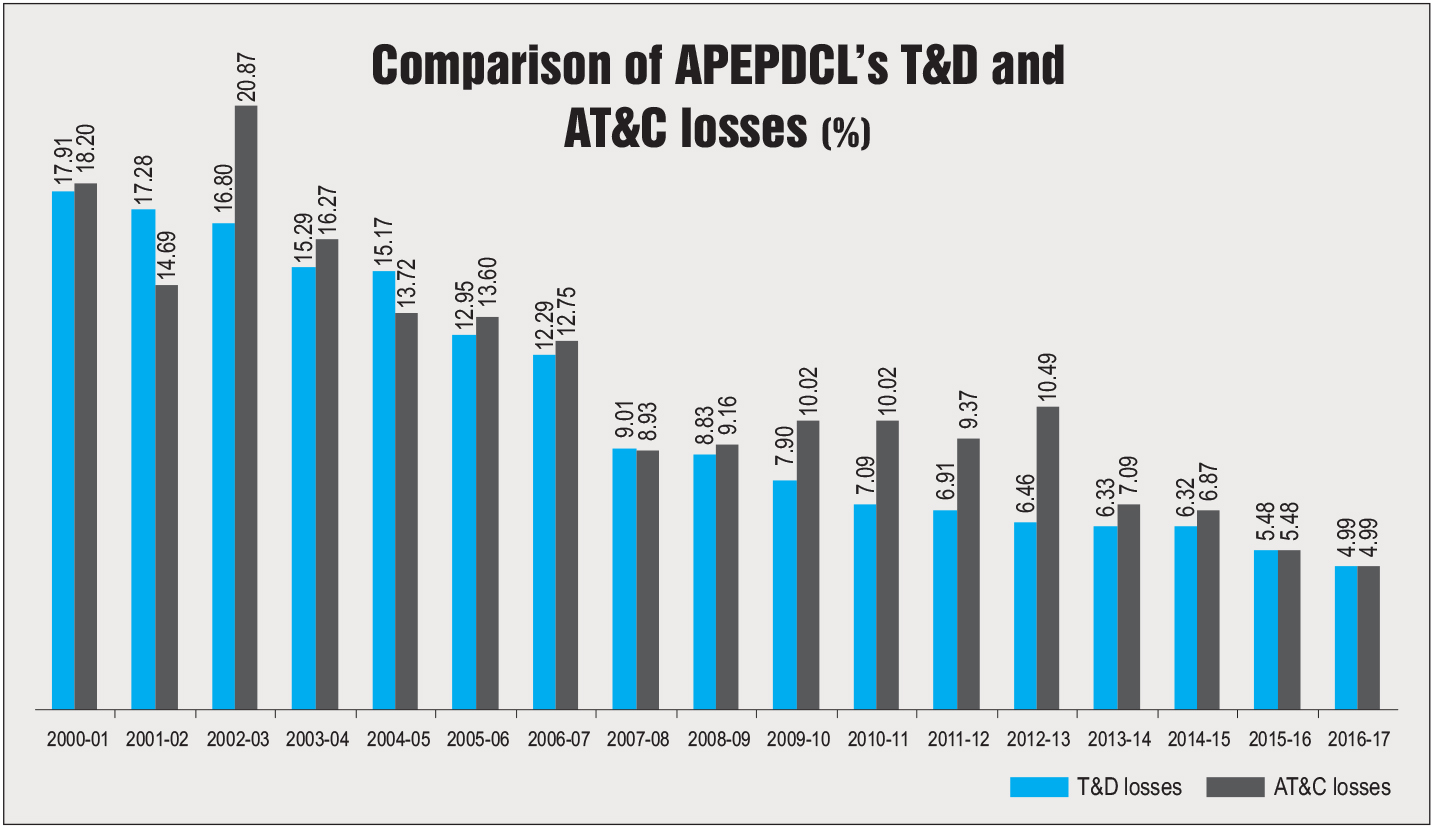
The role of metering in India has evolved significantly over the years. Besides helping utilities in energy accounting and revenue management, it plays a crucial role in the reduction of power losses, integration of renewable energy and load management. Although meters have been in place for quite some time, utilities continue to grapple with challenges such as meter tampering, power theft, data handling and communication network interoperability.
Meter tampering can be defined as any activity to make meters run slow, to not let meters run or any activity to divert electricity around the electric meters. Meter tampering can be done by using resistance, by using shunt or by replacing its memory chip to stop display. Frequent meter tampering leads to permanent damage of meters, significant increase in aggregate technical and commercial (AT&C) losses and tremendous revenue loss to utilities. Utilities, should thus, have a system that will enable them to detect meter tampering, using the meter data and focus on large consumers to detect and prevent meter tampering and reduce AT&C losses.
Case study: APEPDCL’s initiatives to prevent meter tampering
Eastern Power Distribution Company of Andhra Pradesh Limited (APEPDCL) has undertaken several measures to check meter tampering; for example, it maps services feeder-wise and DTR-wise, which helps in keeping a centralised database of each service, like load and energy consumption. Through this database, the company can conduct energy audit, both feeder-wise and DTR-wise. APEPDCL also provides for high accuracy LTTVR meters for above 15 HP or 10 kW loads, and HTTVR meters for above 50 HP or 37.5 kW loads. A toll-free number, 1912, has also been established for receiving public complaints regarding energy theft.
Further, under APEPDCL’s drive for replacement of conventional electro-mechanical meters with high accuracy electronic meters (under implementation since 2004), so far, 99 per cent of electro-mechanical meters have been replaced. Replacement of old mechanical meters/releasing of new services with infrared port (IR-port) meters is done, which helped in combating reading suppression by the spot billing readers and resulted in loss reduction and improved revenues.
 The discom is also using electronic tri-vector meters with 0.5s class of accuracy with data downloading facilities for distribution transformers in municipal towns. In cases where old meter types are still installed, all single-phase meters’ wires are earthed to avoid tampering by consumers. APEPDCL also avoids LT open wiring at some areas (prawn culture and pisciculture), by providing LTTVR meters near LT terminals of DTRs.
The discom is also using electronic tri-vector meters with 0.5s class of accuracy with data downloading facilities for distribution transformers in municipal towns. In cases where old meter types are still installed, all single-phase meters’ wires are earthed to avoid tampering by consumers. APEPDCL also avoids LT open wiring at some areas (prawn culture and pisciculture), by providing LTTVR meters near LT terminals of DTRs.
APEPDCL also implemented 100 per cent sealing of services with tamper-proof plastic/polycarbonate seals and adopted the best specifications and standards in the procurement of meters and pilfer-proof meter boxes with in-built tamper detection mechanisms in case of neutral bypass and meter bypass.
Given the importance of establishing communication with the meter, APEPDCL provided DLMS (device language message specification) electronic meters with 0.2s/0.5s class of accuracy to all its 11 kV feeders, all HT services and all LT high-value services.
The number of theft cases, booked during continuous raids in coordination with anti-power theft squad wing, highlight that the total number of theft cases increased over the years, though the amount involved has been declining due to early detection through a robust vigilance mechanism.
By implementing the above technologies, theft and pilferage of energy has been brought under control and AT&C losses have been limited to T&D losses, as shown in the chart. Apart from metering initiatives, APEPDCL has undertaken initiatives to prevent theft of energy. It replaced all LT conductors with LT aerial bunch (LT-AB) cable, particularly in rural areas, where there are possibilities for direct tapping. High voltage distribution systems, particularly in agricultural fields with LT-AB cable, have also been installed.
 The way forward
The way forward
Going forward, the use of newer technologies can help utilities tackle theft control. Meter data analytics can help detect meter tampering in different types of meters. Meter data management systems can be used for meter data validation, meta-data for query optimisation, customised reporting, ageing analysis, etc. Meter data management system can offer ease-of-use as engineers do not have to go through multiple months’ meter files to analyse a consumer’s consumption. Data can also be integrated with other systems like billing system, GIS, meter installation, etc. Further, mobile apps are being launched by technology vendors for a greater vigilance in order to proactively track suspected cases and thus, leading to better success rates for vigilance teams.
Meanwhile, utilities and regulatory commissions should offer incentives to consumers for opting for smart and prepaid meters to reach 100 per cent prepaid metering. Meter manufacturers can consider including some indicators in the meters for the benefit of consumers like overload indicator, low power factor (PF) indicator, and top-up indicator for prepaid meters.
Meter manufacturers need to also focus on developing logic such that the meters accurately indicate tamper data in case of consumers interfering with the meter, while not showing tamper for external power outages, jumper cuts causing single, potential and missing current.
Other measures to prevent meter tampering include awareness through wide publicity in newspapers and other media by cautioning against indulging in pilferage of energy.
Overall, leakages between different utility systems have to be identified and plugged and proper energy accounting should be the key focus area for all utilities, which will require IT and field teams to collaborate more closely.
